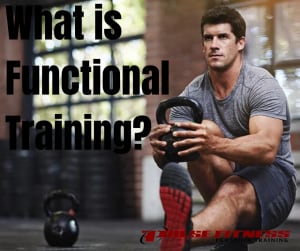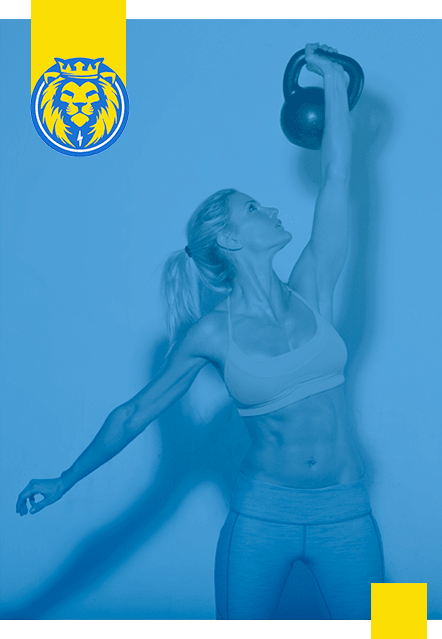
What is Functional Training
The term “functional training” is a buzzword that is thrown around often in the fitness world yet is rarely properly defined. Contrary to popular belief, functional training is not simply surface training, balance training, or training with the use of stability balls. It is actually an integrated approach using multiple planes of movement and body positioning that is relative to the sport an athlete is training for with the objective being to move more efficiently. In a nutshell, functional training is about reducing the risk of injury, training the body to perform efficiently, and meeting the demands of everyday life and specific sports.
Experts in our field have different ways of describing exactly what the term, functional training, means. According to Michael Boyle, author of Advances in Functional Training, functional training focuses on injury reduction through the use of progressively more demanding exercises that also enhance performance. Function means purpose; thus functional training, Boyle explains, can be described as purposeful training.
Vern Gambetta, considered the founding father of functional sports training, states that functional training is actually a misleading term, because all movement is functional. However, functional movement really means “the functionality of the exercise or drill relative to movements in the sport.” One must train the kinetic chain (the whole system) and understand the relationships and interdependency of the links throughout the entire body. This is what function is all about— being free-flowing, not segmented, and rhythmic, not jumpy. (Gambetta, 2007.)
Gray Cook explains, “Functional movement for all sport is built on the foundation of the ability to simply move without restriction or limitation. Great athletes develop efficiency through mobility, stability, and motor programs that use the least amount of energy with the greatest possible result.”
Some people believe that if you feel your muscles burn, you must be doing a ”functional” because you can feel your body working hard. This could not be further from the truth. Gray Cook uses the example of crunches to explain why. Some athletes feel they have accomplished something when they feel their abs burn while doing crunches. However, “an abdominal exercise that makes your abs burn does not necessarily train your core.” The deepest layers of the abdominal muscles run at the reflex level. Cook explains that these inner core muscles cannot be called into play and isolated like the biceps and quads, but kick in automatically as a result of movement and resistance. (Cook, 2003)
So what makes movement functional? The movement is functional if it relates to a targeted activity. For example, picking up a box off the floor requires one to squat; therefore, squats are very functional exercises. However, an exercise like squatting on a stability ball is not functional, as you would probably not need to perform it in a sport or real life. Putting your pants on in the morning requires you to stand on one leg. Thus single leg stability training is functional. In my professional opinion, single leg training probably has the greatest transfer from the gym to the field with respect to function. With the exception of rowers, how many sports can you name in which two feet are on the ground at the same time? Even when you run, you only have one foot on the ground at a time.
It is important to realize that it is not about the exercise, it’s about the exercise’s application. For instance, thoracic mobility is a very important component of the golf swing. Thus, exercises that advocate thoracic spine (middle-upper back) rotation and hip mobility in multiple planes of motion are of greater value than just traditional sit-ups.
A common mistake I have seen over and over again is valuing an exercise merely based on its level of difficulty. Just because an exercise is difficult doesn't necessarily mean it's useful or functional. J.C. Santana, owner of the Institute Human Performance once said, "Standing on a rocker board catching a 7lb medicine ball doesn't functionally train anyone unless you are a surfer who needs to catch a bowling ball!"
In short, functional training is considered to be training that attempts to mimic the specific physiological demands of real-life activities with precision and ease. From my perspective, functional training is intelligent training.

